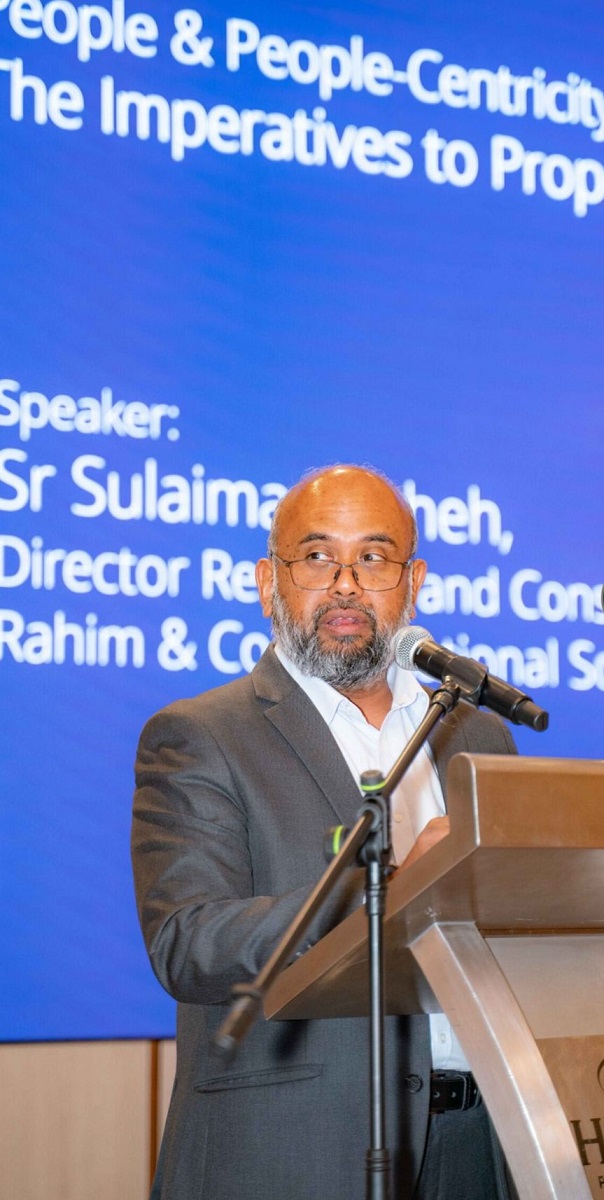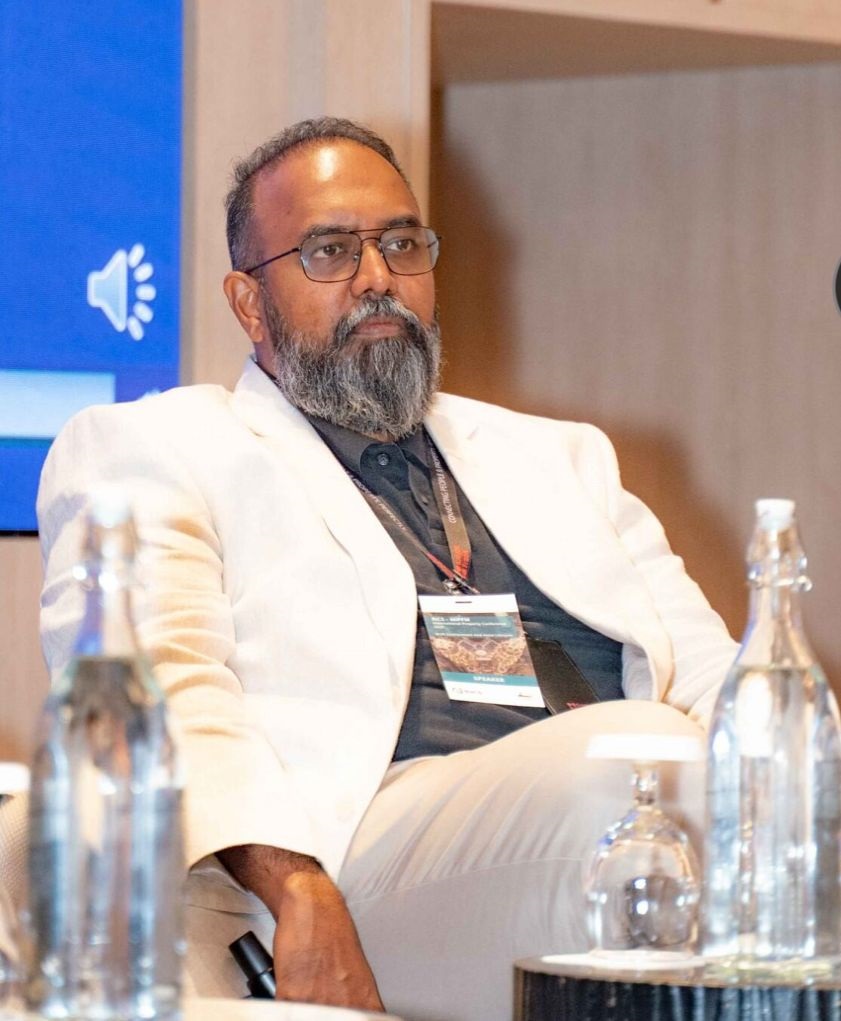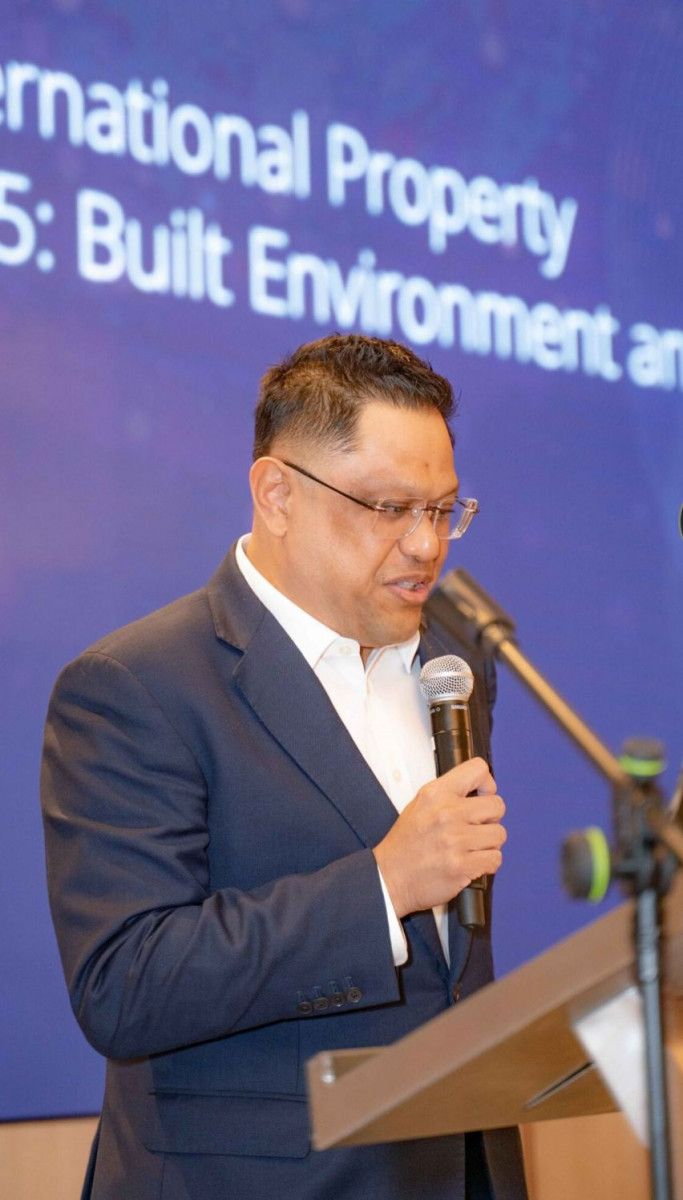
- Low also underscored the statutory role of the sinking fund under the SMA, cautioning against its misuse, and recommended clearer maintenance schedules such as repainting every six years and waterproofing every 10 years.
PETALING JAYA (Sept 10): To ensure systematic upgrades and prevent disrepair in strata properties, a property management expert has proposed that crucial maintenance works be stipulated under the law.
The Strata Management Act 2013 (SMA) could be strengthened to provide clearer guidance for joint management bodies and management corporations in planning long-term capital expenditure (capex) and asset enhancement. This includes incorporating clear timelines for essential works, including waterproofing, electrical wiring, and fire safety systems, said Henry Butcher Malaysia (Mont Kiara) Sdn Bhd managing director Low Hon Keong. (pictured)
This would help prevent neglect arising from underutilised sinking funds or delayed repairs, adding that more stringent clauses on the execution of capex should be considered, he told EdgeProp following his presentation at the inaugural RICS-MIPFM International Property Conference 2025 here on Tuesday.
He also underscored the statutory role of the sinking fund under the SMA, cautioning against its misuse, and recommended clearer maintenance schedules such as repainting every six years and waterproofing every 10 years.
Low pointed out that poorly maintained buildings risk reputational damage, reduced demand, and declining market value, while well-managed older assets could continue to attract buyers and command competitive prices.
To sustain long-term value, he reinforced the need for adequate operating expenditure and capex, preventive and predictive maintenance, and transparent communication with stakeholders.
Low further stressed that transparency, timely annual general meetings, strong collection of maintenance charges (at least 95%), and the use of quality materials are essential for financial stability and effective management.
He also stated that property and facilities management should be integrated from the design stage to ensure buildings remain competitive, cost-efficient, and sustainable in the long term.

During the fireside chat, which raised the issue of the sales and service tax (SST) increase, Low noted that while landlords may attempt to pass on the additional costs to tenants, it could risk a cascading effect and potential double taxation.
As such, it is even more pertinent now to ensure careful planning and budgeting, and enlist professional guidance in managing the financial impact on property lifecycles.
He said that Malaysia is facing growing challenges in managing ageing buildings, many of which are more than 20 and 30 years old, and many Grade B and C commercial property owners are reconsidering or deferring capex, such as repainting or refurbishments, because of the high costs. However, the frequent infrastructure breakdowns can undermine property value and sustainability if not properly planned and funded.
He cautioned that postponing necessary upgrades could lead to greater expenses in the long run, stressing that certain capital works are unavoidable to ensure safety and competitiveness, besides environmental, social and governance (ESG) compliance.
Balancing natural and built environments
The full-day was co-hosted by the Royal Institution of Chartered Surveyors (RICS) and the Malaysian Institute of Professional Facilities Management (MIPFM) with the theme “Built Environment and Asset Lifecycle”.
Chaired by MIPFM committee member Datuk PMgr Sr Firdaus Musa, the conference brings together industry leaders, policymakers, and academics to address asset lifecycle planning, sustainability, risk management, and ESG integration.

“The conference equips the industry with tools to enhance asset value and performance, while reflecting our shared commitment to professional excellence in Asia,” said MIPFM president PMgr Ishak Ismail.
In his opening speech, Housing and Local Government Minister Nga Kor Ming underscored the urgency of addressing climate change, ageing infrastructure, and urban renewal, emphasising that sustainable cities are a necessity. He reaffirmed the government’s commitment to affordable housing, urban regeneration, and stronger property management frameworks, while highlighting the role of ESG integration, digital innovation, and public-private-community collaboration in creating inclusive, future-ready environments.
In her keynote address, Kuala Lumpur mayor Datuk Seri TPr Dr Maimunah Mohd Shariff called for an ecosystem-based approach to urban development, balancing built and natural environments to ensure resilience and inclusivity. She stressed that sustainability must be people-centred, promoting dignity and accessibility, while asset lifecycle management, nature-based solutions, and cross-sector partnerships are key to regenerating ageing buildings and building liveable, adaptable cities.

Construction Industry Development Board Malaysia (CIDB) senior general manager, Sr Ahmad Mokhtar highlighted the need for resilience and risk management in the built environment, noting climate change and inadequate lifecycle planning as major challenges. He stressed that asset and facility management must prioritise safety, comfort, and performance, supported by governance, digitalisation, and professional standards, with collaboration among stakeholders essential to sustaining long-term value.
Shared responsibility and continuous upgrading key to liveability
CPG Facilities Management Ltd’s principal consultant Tan Kim Chwee outlined Singapore’s experience in managing public housing, which serves 80% of its population. He brought to light the role of facilities managers, structured policies, and lifecycle planning in maintaining over a million Housing and Development Board (HDB) homes in Singapore, stressing shared responsibility and continuous upgrading to keep ageing estates inclusive and liveable.
Rahim & Co International Sdn Bhd’s director research and consultancy, Sr Sulaiman Saheh emphasised the central role of people in property and facilities management, noting that effectiveness depends on professionalism, stewardship, and collaboration alongside technology and processes. He underscored the importance of competency, ethical standards, digital adoption, and ESG alignment to strengthen the profession and ensure buildings are managed as long-term community assets.

Knight Frank Malaysia executive director of asset management, Sr Sasitheran Subramaniam said that investors focus on long-term value and exit strategies, with maintenance central to tenant satisfaction, regulatory compliance, and income stability. He cautioned that poor management risks tenant loss and valuation declines, while ESG compliance and timely upgrades are critical for competitiveness and financing. He emphasised that maintenance is a strategic investment essential to safeguarding returns and sustainable performance.
Malaysian Association of Facility Management vice president, Ts Mohd Mazhar Mohd Marzuki underscored that good facility management enhances property value and business continuity. He advocated a whole-life approach combining preventive, corrective, and predictive maintenance, supported by life cycle costing, technology, and user-focused services, to ensure safety, efficiency, and long-term value preservation.
Maybank allocates RM80 billion for sustainable financing
Maybank Group’s group chief sustainability officer, Datuk Shahril Azuar Jimin noted that previously, the real estate and construction sectors were both major contributors to global greenhouse gas emissions and central to climate solutions. He explained that Maybank, as one of the region’s largest financiers, recognises its role in driving systemic change through sustainable financing, ESG integration, and climate risk management. According to him, the bank has committed to mobilising RM80 billion in sustainable finance, improving community livelihoods, and achieving net-zero financed emissions by 2050.
Shahril highlighted the importance of robust disclosure, adherence to global reporting standards, and supporting clients in transitioning through green and transition finance frameworks. He underscored that sustainability reporting and green financing are not optional, but necessary for managing risks, avoiding stranded assets, and creating long-term value.
As Penang girds itself towards the last lap of its Penang2030 vision, check out how the residential segment is keeping pace in EdgeProp’s special report: PENANG Investing Towards 2030.





